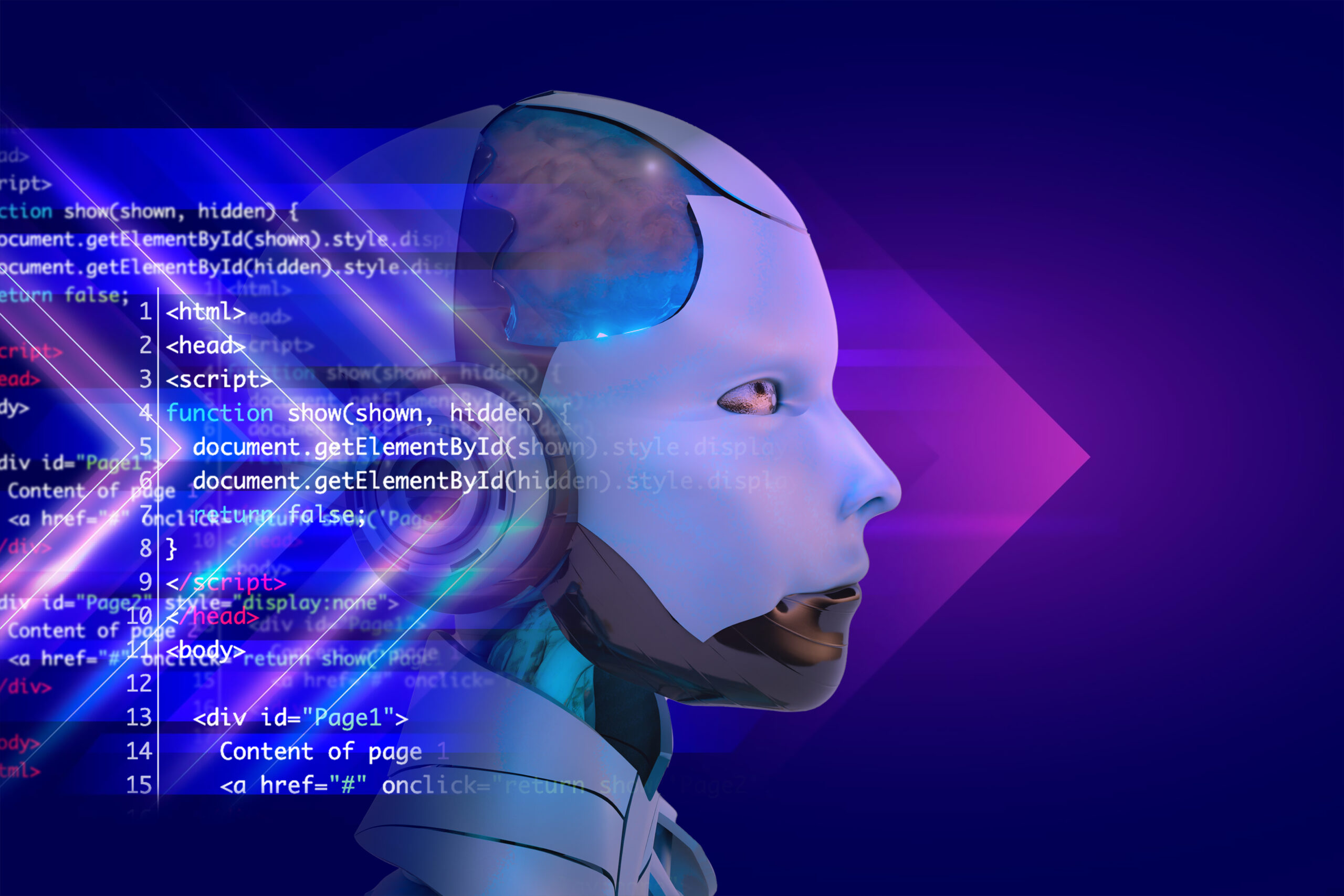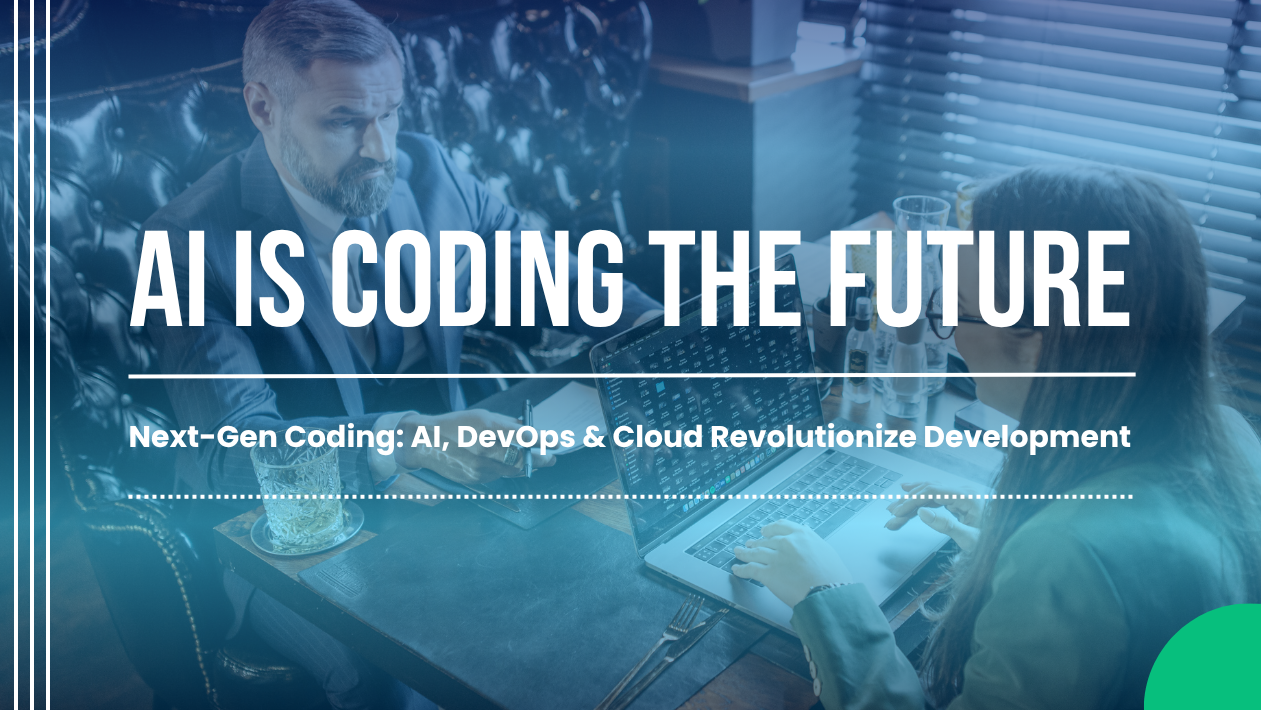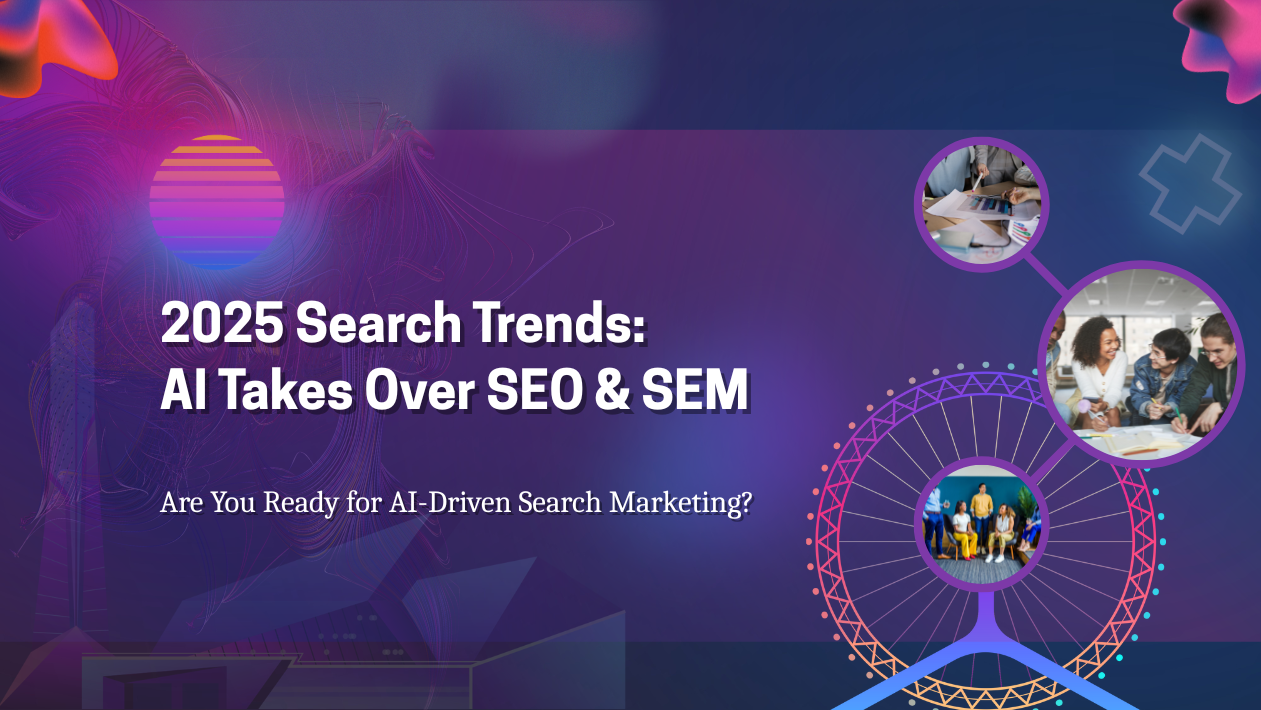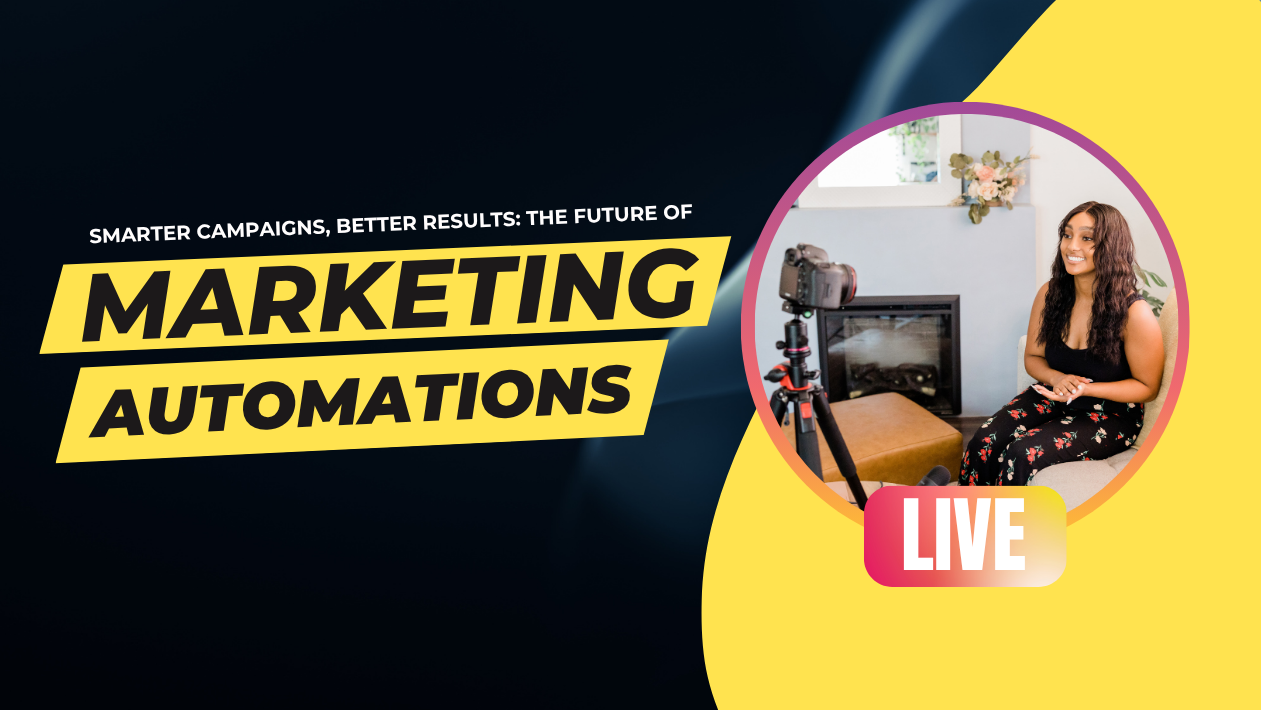The software development landscape in 2025 is being rapidly reshaped by advances in AI-powered coding tools, low-code/no-code platforms, and the rise of DevSecOps practices. Development cycles are shorter, collaboration is tighter, and automation is now embedded at every phase—from planning to deployment.
According to a recent Stack Overflow Developer Trends Report, 72% of developers are using AI-assisted coding tools daily, with a majority reporting improved productivity, fewer bugs, and faster deployment times.
AI Coding Assistants Redefine Developer Productivity
Tools like GitHub Copilot X, Amazon CodeWhisperer, and Codeium are enabling developers to write, review, and debug code more efficiently. These tools understand context, suggest improvements, and even generate boilerplate code, freeing up developers to focus on architecture and innovation.
“AI has become a co-pilot, not a replacement,” says Richa Menon, Lead Engineer at a global SaaS firm. “It speeds up routine tasks and helps us maintain higher code quality.”
Low-Code/No-Code Platforms Open Development to Non-Tech Users
With the rise of platforms like OutSystems, Retool, and Microsoft Power Apps, non-developers can now build internal tools, dashboards, and workflows without writing full stacks of code. These platforms accelerate digital transformation, especially for startups and SMEs.
Low-code adoption is expected to grow 28% YoY, with IT leaders citing cost reduction and faster go-to-market as key benefits.
DevSecOps and Automation Strengthen Software Security
Security is no longer an afterthought. In 2025, DevSecOps (Development + Security + Operations) is the standard. Integrated security scanning, threat modeling, and compliance checks are now embedded directly into CI/CD pipelines.
Popular tools like Snyk, SonarQube, and GitLab Ultimate provide real-time alerts and auto-remediation, making secure coding part of the development DNA.
Cloud-Native and Microservices Architectures Lead the Way
Most modern applications are now designed with microservices, running on Kubernetes and managed via platforms like Docker, AWS Lambda, and Azure Functions. These technologies offer scalability, modular design, and easier maintenance—especially in enterprise and SaaS environments.
Talent Trends: Full-Stack, AI-Ready, and Remote-First
Software teams in 2025 are more remote-first than ever, using platforms like GitHub, Jira, Linear, and Notion for collaboration. Hiring trends show growing demand for full-stack developers, AI/ML expertise, and those fluent in cloud technologies and APIs.





